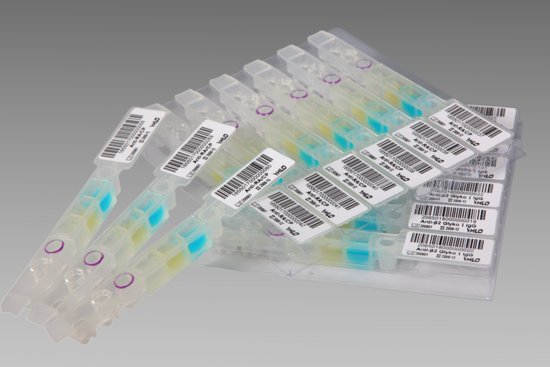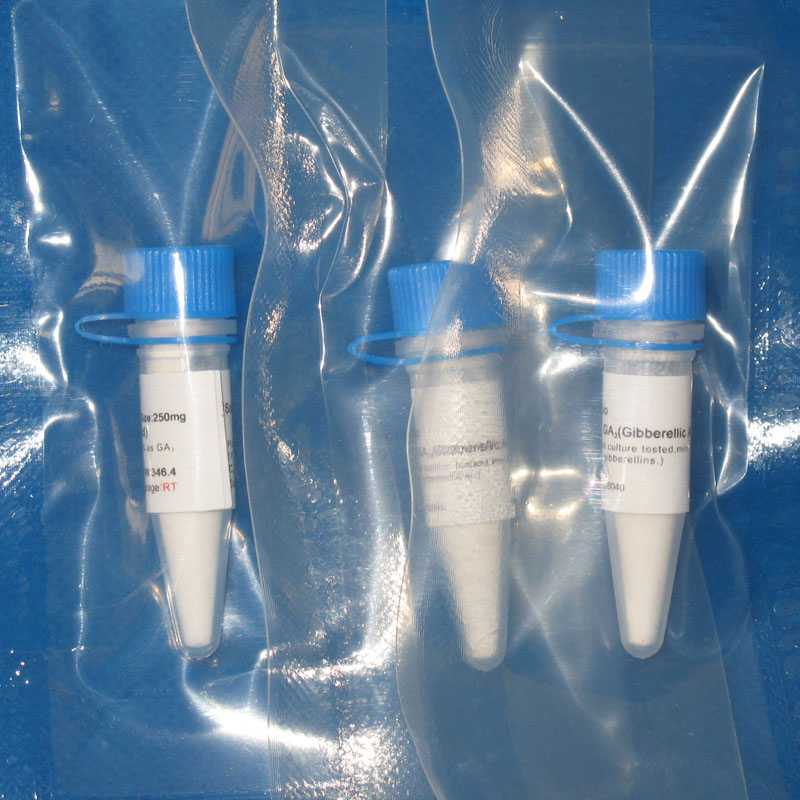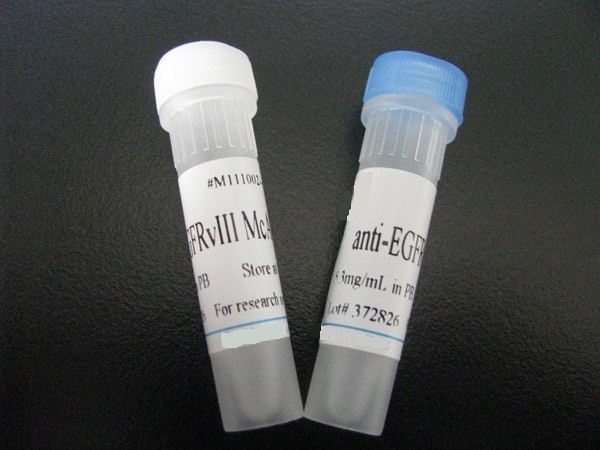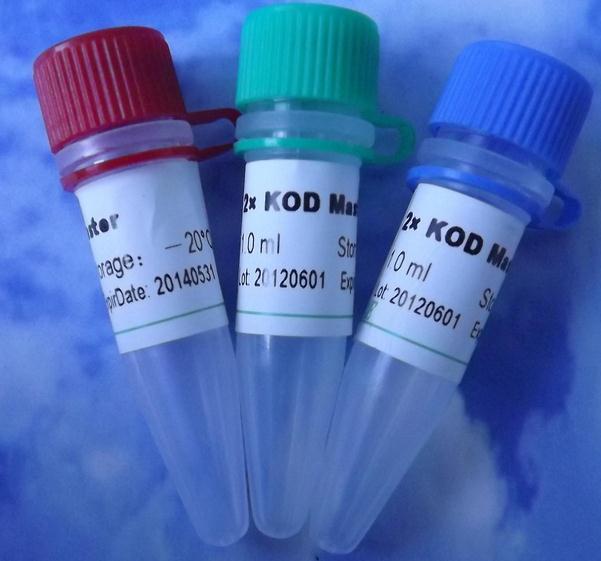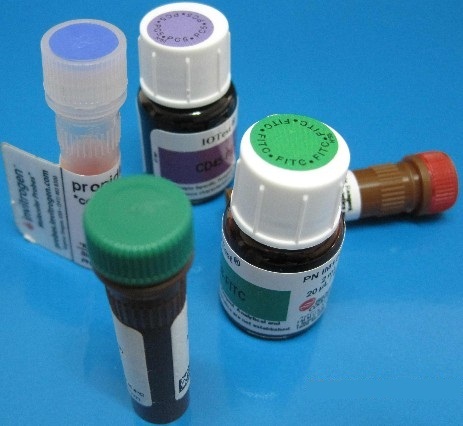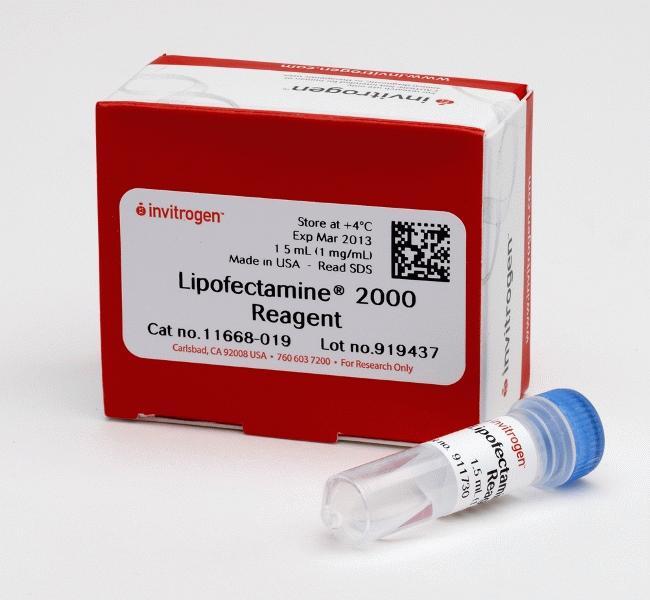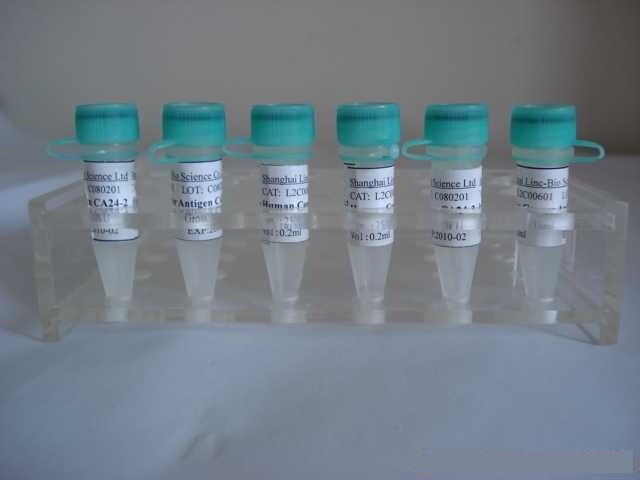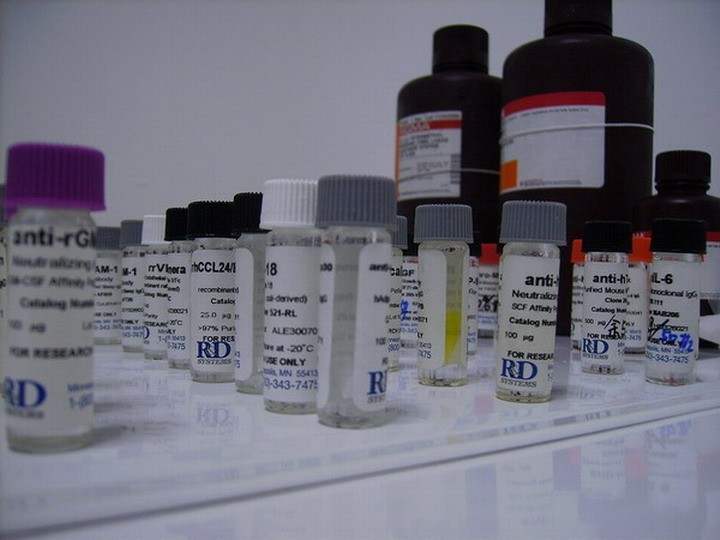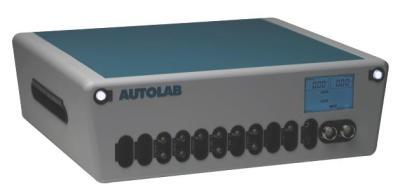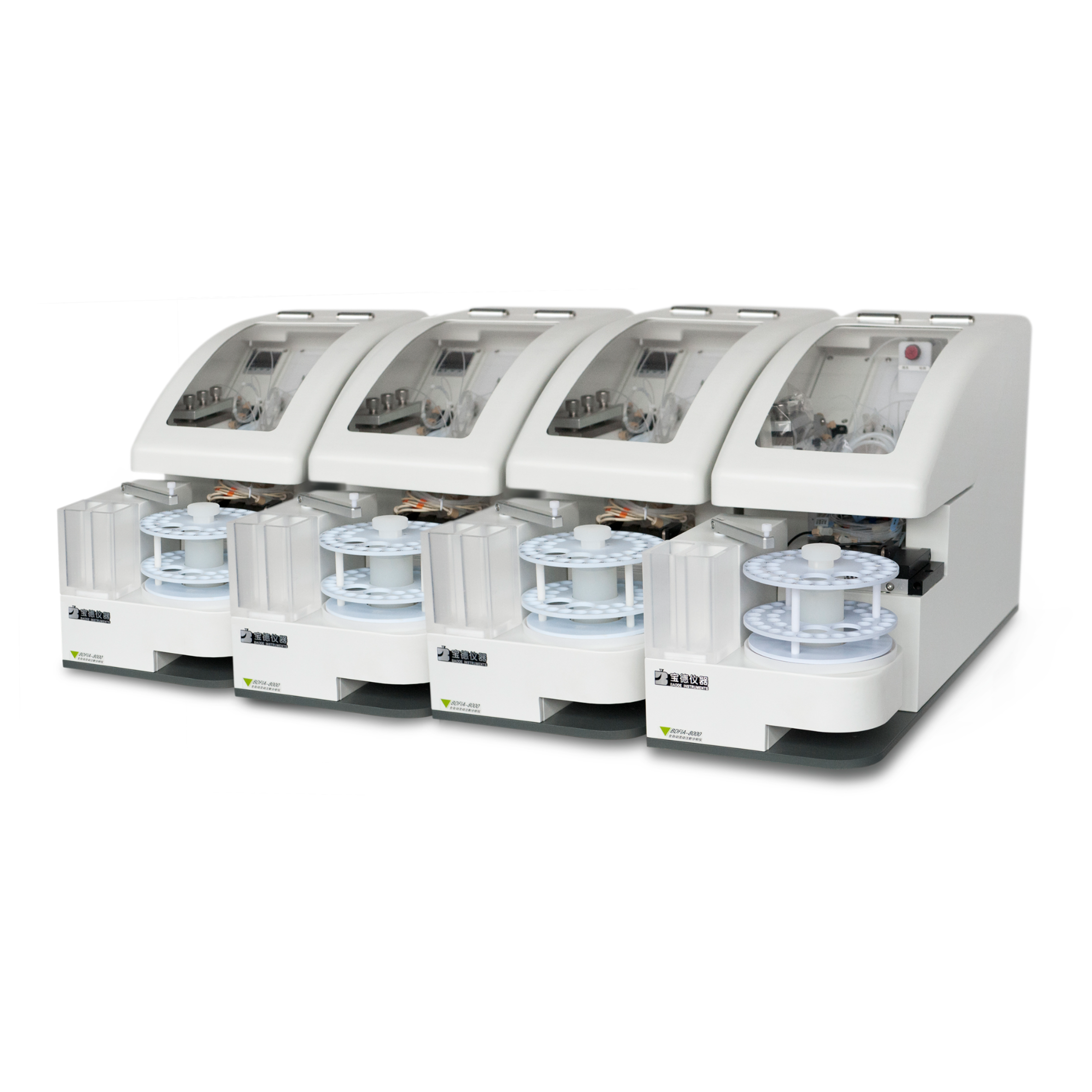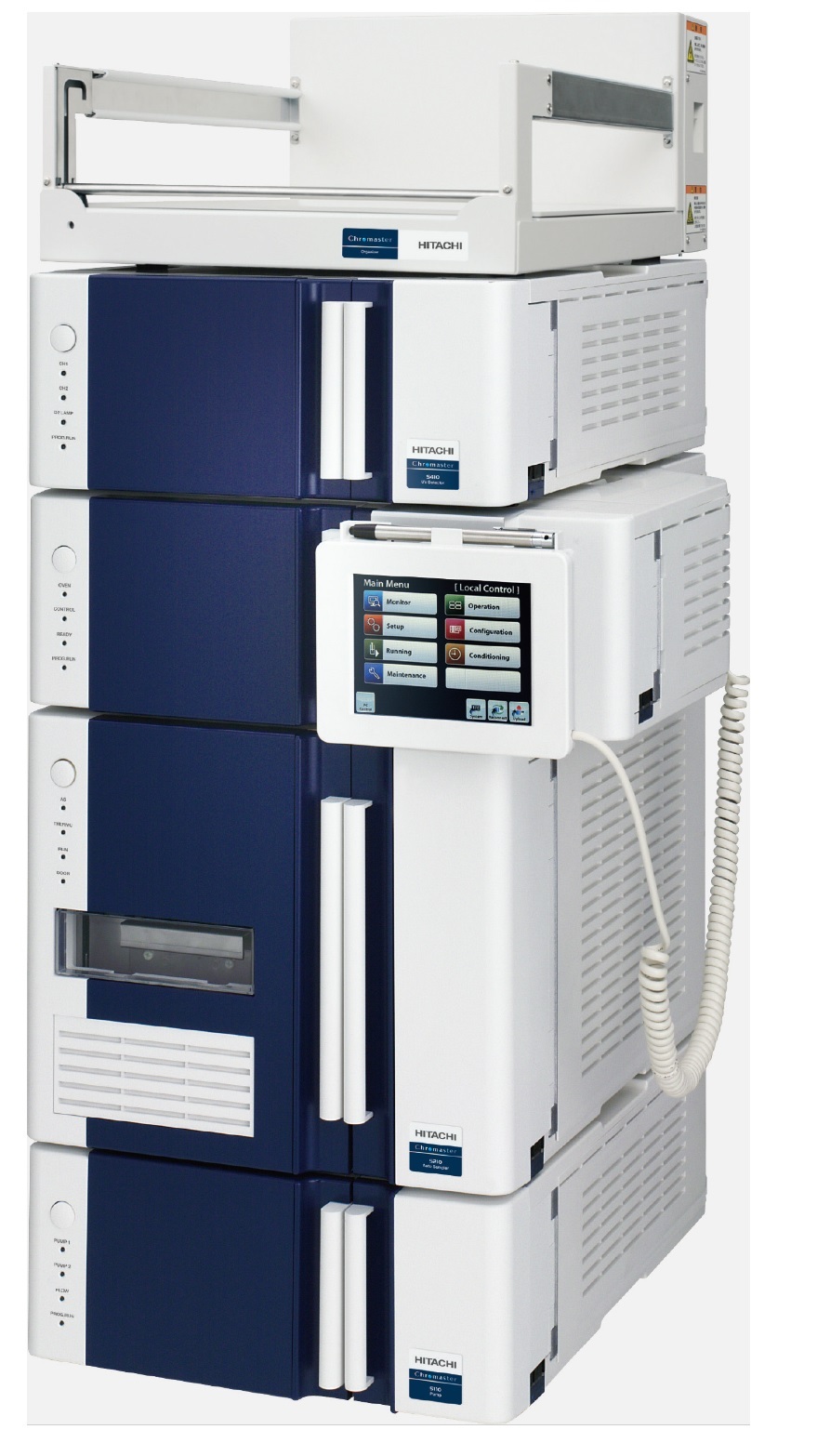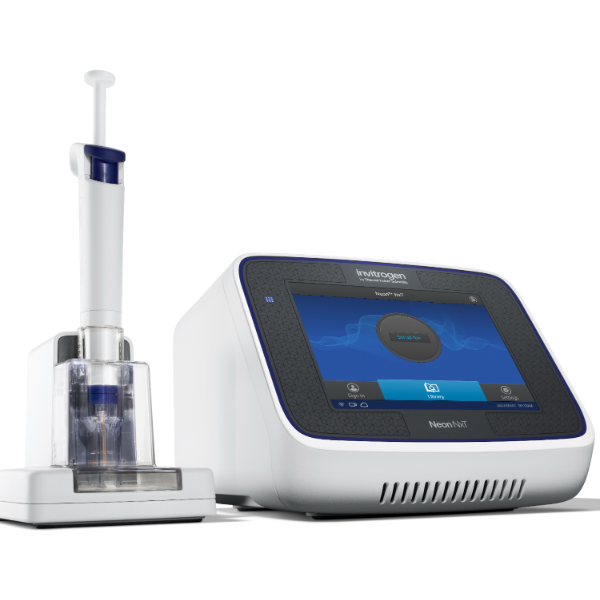3)纯化的抗体溶液应以较高的浓度(如lmg/m1)在中性pH下保存。:常用的抗体储存浓度高达l0mg/ml。较低浓度的抗体冻存前应浓缩。所有标准的浓缩方法(如超滤法),皆可使用。还有一个简单的方法是用蛋白A或蛋白G亲和柱来浓缩溶液。如果纯化的抗体不是用于标记,可将它们以较低浓度储存于加有1%BSA的溶液中。
4)经纯化制备的抗体在常用的缓冲液中是稳定的。其DH应保持在中性左右。如果pH在7-8之间,即使保存多年,对抗体也无损害。多数情况下,盐浓度适于保持在0-150mmol/L之间,但在长期存放的抗体中,盐溶液浓度高达500mmol/L时,对
磷酸化细丝蛋白A抗体可能有损害。如果没有其他说明.律议用PBS或50mmol/LTris(DH8.0)溶液长期存放抗体。
抗体来源 Rabbit
克隆类型 polyclonal
交叉反应 Human, Mouse, Rat, Dog, Horse
产品类型 一抗 磷酸化抗体
研究领域 免疫学 神经生物学 通道蛋白 结合蛋白
蛋白分子量 predicted molecular weight: 291kDa
性 状 Lyophilized or Liquid
免 疫 原 KLH conjugated Synthesised phosphopeptide derived from human FLNA around the phosphorylation site of Ser2522
亚 型 IgG
纯化方法 affinity purified by Protein A
储 存 液 0.01M PBS, pH 7.4 with 10 mg/ml BSA and 0.1% Sodium azide
产品应用 ELISA=1:500-1000 IHC-P=1:100-500 IHC-F=1:100-500 IF=1:100-500
(石蜡切片需做抗原修复)
not yet tested in other applications.
optimal dilutions/concentrations should be determined by the end user.
保存条件 Store at -20 °C for one year. Avoid repeated freeze/thaw cycles. The lyophilized antibody is stable at room temperature for at least one month and for greater than a year when kept at -20°C. When reconstituted in sterile pH 7.4 0.01M PBS or diluent of antibody the antibody is stable for at least two weeks at 2-4 °C.
Important Note This product as supplied is intended for research use only, not for use in human, therapeutic or diagnostic applications.
磷酸化细丝蛋白A抗体产品介绍 Promotes orthogonal branching of actin filaments and links actin filaments to membrane glycoproteins. Anchors various transmembrane proteins to the actin cytoskeleton and serves as a scaffold for a wide range of cytoplasmic signaling proteins. Interaction with FLNA may allow neuroblast migration from the ventricular zone into the cortical plate. Tethers cell surface-localized furin, modulates its rate of internalization and directs its intracellular trafficking.
Function : Promotes orthogonal branching of actin filaments and links actin filaments to membrane glycoproteins. Anchors various transmembrane proteins to the actin cytoskeleton and serves as a scaffold for a wide range of cytoplasmic signaling proteins. Interaction with FLNA may allow neuroblast migration from the ventricular zone into the cortical plate. Tethers cell surface-localized furin, modulates its rate of internalization and directs its intracellular trafficking. Involved in ciliogenesis.
Subunit : Interacts with PDLIM2 (By similarity). Homodimer. Interacts with FCGR1A, FLNB, FURIN, HSPB7, INPPL1, KCND2, MYOT, MYOZ1, ARHGAP24, PSEN1, PSEN2 and ECSCR. Interacts also with various other binding partners in addition to filamentous actin. Interacts (via N-terminus) with MIS18BP1 (via N-terminus). Interacts (via N-terminus) with TAF1B. Interacts with TMEM67 (via C-terminus) and MKS1.
Subcellular Location : Cytoplasm, cell cortex. Cytoplasm, cytoskeleton.
Tissue Specificity : Ubiquitous.
Post-translational modifications : Phosphorylated upon DNA damage, probably by ATM or ATR. Phosphorylation extent changes in response to cell activation.
DISEASE : Defects in FLNA are the cause of periventricular nodular heterotopia type 1 (PVNH1) [MIM:300049]; also called nodular heterotopia, bilateral periventricular (NHBP or BPNH). PVNH is a developmental disorder characterized by the presence of periventricular nodules of cerebral gray matter, resulting from a failure of neurons to migrate normally from the lateral ventricular proliferative zone, where they are formed, to the cerebral cortex. PVNH1 is an X-linked dominant form. Heterozygous females have normal intelligence but suffer from seizures and various manifestations outside the central nervous system, especially related to the vascular system. Hemizygous affected males die in the prenatal or perinatal period.
Defects in FLNA are the cause of periventricular nodular heterotopia type 4 (PVNH4) [MIM:300537]; also known as periventricular heterotopia Ehlers-Danlos variant. PVNH4 is characterized by nodular brain heterotopia, joint hypermobility and development of aortic dilation in early adulthood.
Defects in FLNA are the cause of otopalatodigital syndrome type 1 (OPD1) [MIM:311300]. OPD1 is an X-linked dominant multiple congenital anomalies disease mainly characterized by a generalized skeletal dysplasia, mild mental retardation, hearing loss, cleft palate, and typical facial anomalies. OPD1 belongs to a group of X-linked skeletal dysplasias known as oto-palato-digital syndrome spectrum disorders that also include OPD2, Melnick-Needles syndrome (MNS), and frontometaphyseal dysplasia (FMD). Remodeling of the cytoskeleton is central to the modulation of cell shape and migration. FLNA is a widely expressed protein that regulates re-organization of the actin cytoskeleton by interacting with integrins, transmembrane receptor complexes and second messengers. Males with OPD1 have cleft palate, malformations of the ossicles causing deafness and milder bone and limb defects than those associated with OPD2. Obligate female carriers of mutations causing both OPD1 and OPD2 have variable (often milder) expression of a similar phenotypic spectrum.
Defects in FLNA are the cause of otopalatodigital syndrome type 2 (OPD2) [MIM:304120]; also known as cranioorodigital syndrome. OPD2 is a congenital bone disorder that is characterized by abnormally modeled, bowed bones, small or absent first digits and, more variably, cleft palate, posterior fossa brain anomalies, omphalocele and cardiac defects.
Defects in FLNA are the cause of frontometaphyseal dysplasia (FMD) [MIM:305620]. FMD is a congenital bone disease characterized by supraorbital hyperostosis, deafness and digital anomalies.
Defects in FLNA are the cause of Melnick-Needles syndrome (MNS) [MIM:309350]. MNS is a severe congenital bone disorder characterized by typical facies (exophthalmos, full cheeks, micrognathia and malalignment of teeth), flaring of the metaphyses of long bones, s-like curvature of bones of legs, irregular constrictions in the ribs, and sclerosis of base of skull.
Defects in FLNA are the cause of X-linked congenital idiopathic intestinal pseudoobstruction (CIIPX) [MIM:300048]. CIIPX is characterized by a severe abnormality of gastrointestinal motility due to primary qualitative defects of enteric ganglia and nerve fibers. Affected individuals manifest recurrent signs of intestinal obstruction in the absence of any mechanical lesion.
Defects in FLNA are the cause of FG syndrome type 2 (FGS2) [MIM:300321]. FG syndrome (FGS) is an X-linked disorder characterized by mental retardation, relative macrocephaly, hypotonia and constipation.
Defects in FLNA are the cause of terminal osseous dysplasia (TOD) [MIM:300244]. A rare X-linked dominant male-lethal disease characterized by skeletal dysplasia of the limbs, pigmentary defects of the skin and recurrent digital fibroma during infancy. A significant phenotypic variability is observed in affected females.
Defects in FLNA are the cause of cardiac valvular dysplasia X-linked (CVDX) [MIM:314400]. A rare X-linked heart disease characterized by mitral and/or aortic valve regurgitation. The histologic features include fragmentation of collagenous bundles within the valve fibrosa and accumulation of proteoglycans, which produces excessive valve tissue leading to billowing of the valve leaflets.
Note=Defects in FLNA may be a cause of macrothrombocytopenia, a disorder characterized by subnormal levels of blood platelets. Blood platelets are abonormally enlarged.
Similarity : Belongs to the filamin family.
Contains 1 actin-binding domain.
Contains 2 CH (calponin-homology) domains.
Contains 24 filamin repeats.
Database links : UniProtKB/Swiss-Prot: P21333.4
内皮细胞肌动蛋白结合蛋白(肌动结合蛋白样蛋白)
![]()



